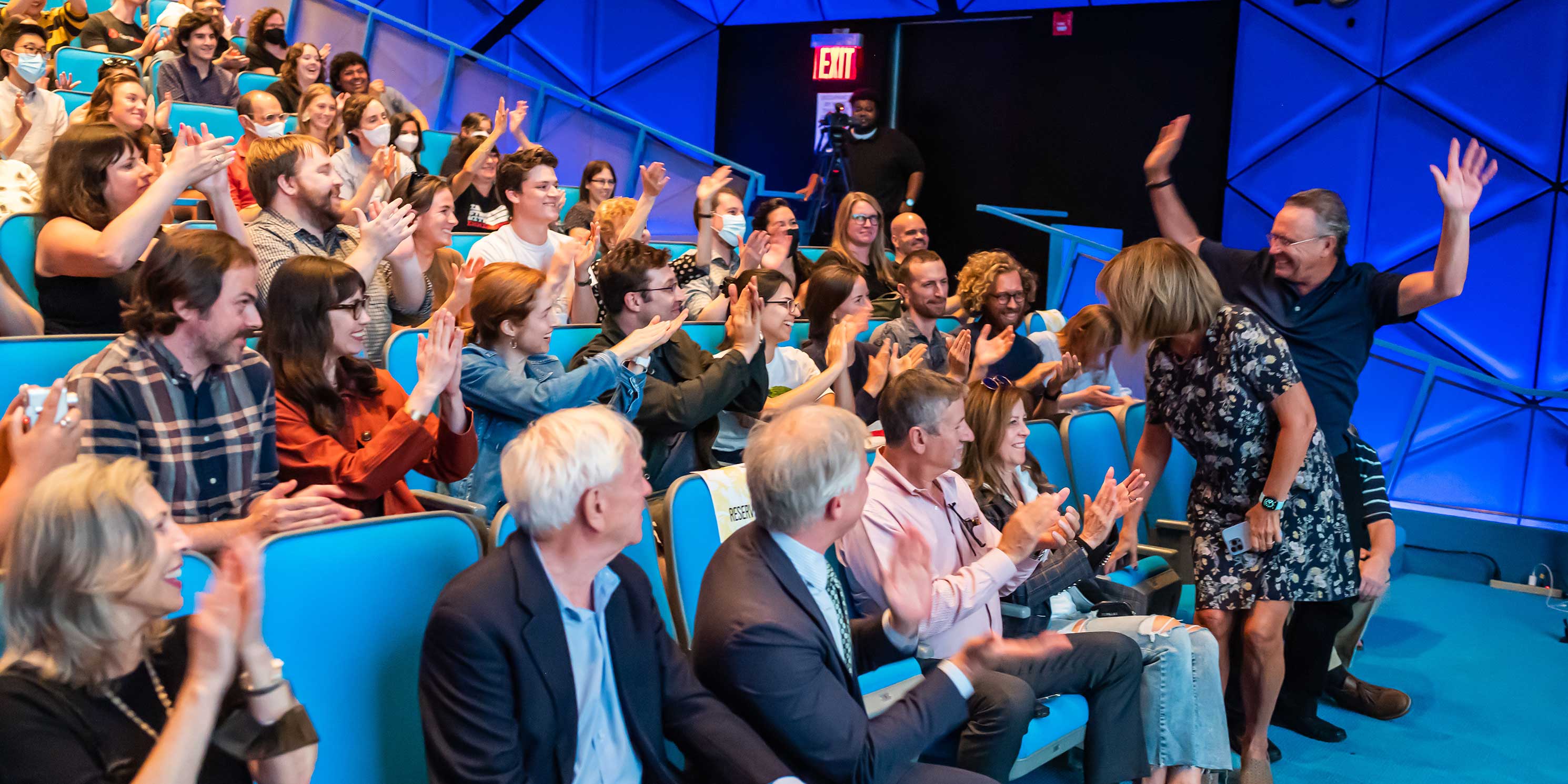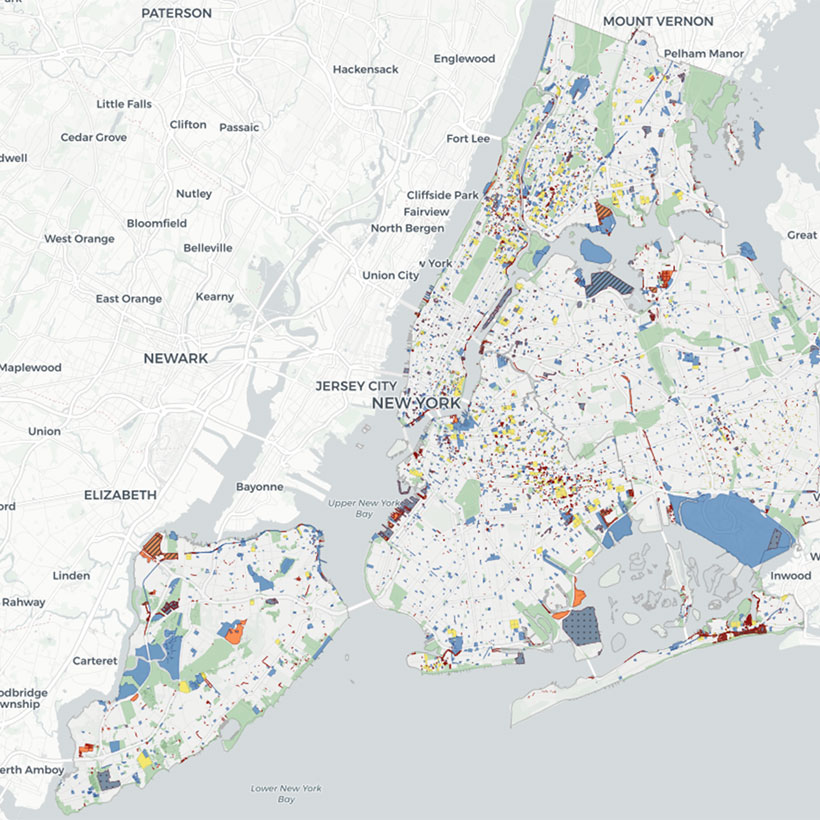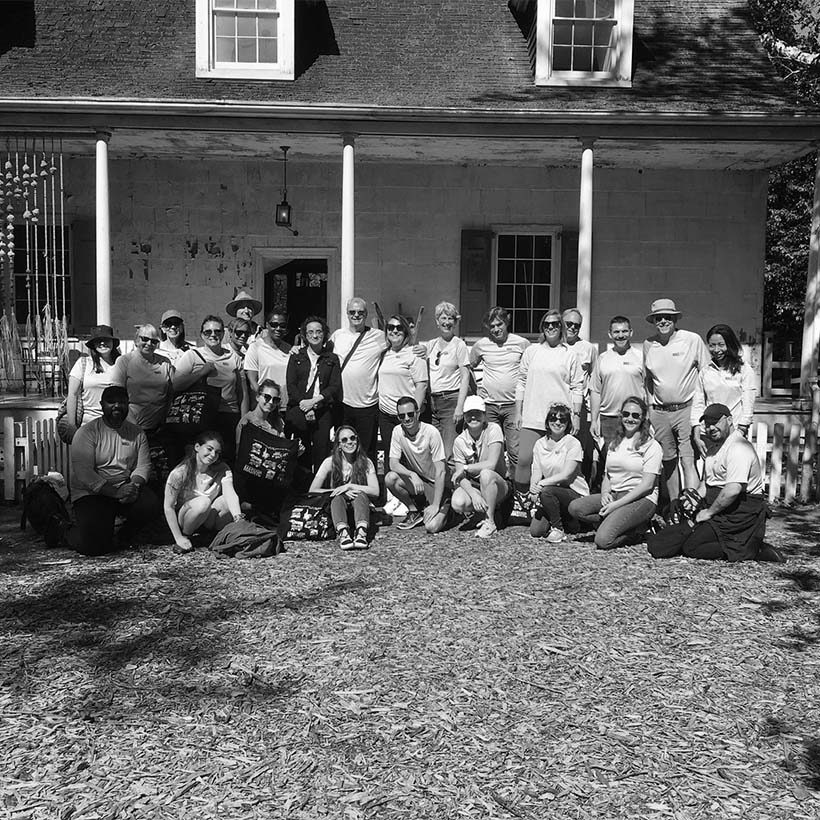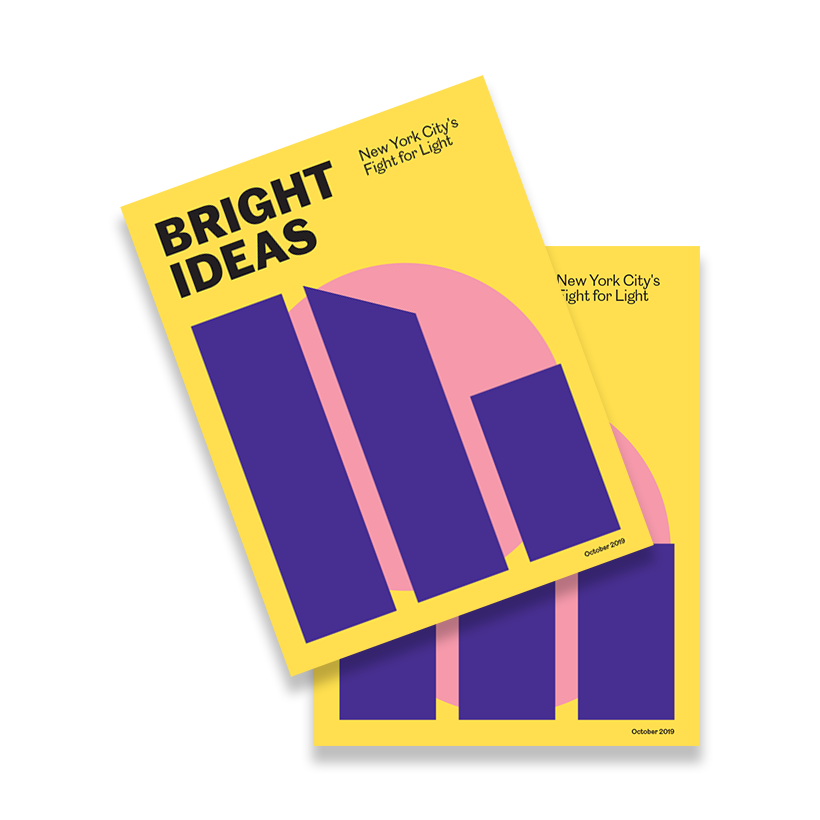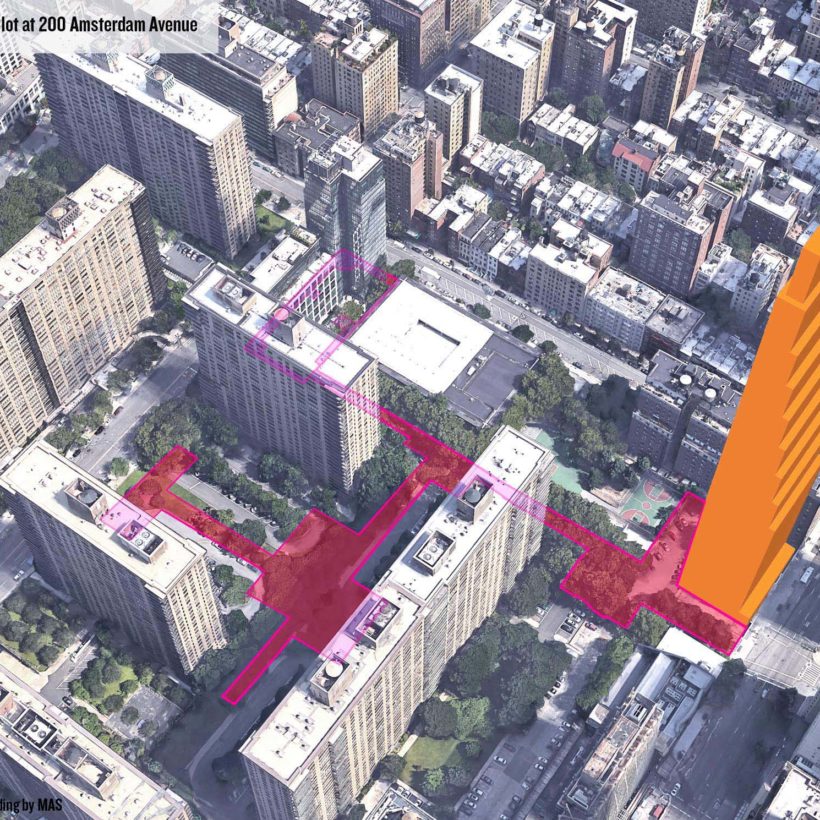President’s Letter: April 2020
I don’t know about you, but I miss the subway! It has become an object of yearning. I feel like I have an unrequited love. I realize when I think about it objectively, it is not really the subway, per se, that I am pining for. It is the sense of setting off somewhere that the subway represents, that’s what I am missing.
And if I ever thought that we should be riding more mass transit, a look at some of the photographic essays of the clear skies of cities around the world would do it! It is more striking than words can capture. Cities from Mexico City to Shanghai (and of course, New York) are experiencing crystalline skies unheard of in this century or the last.
In fact, I am apprehensive about what returning to the subway will actually mean. How close to others do you stand on subway platforms? Do you get on overcrowded cars? What will it feel like to be gloved and masked for a subway ride to work, or an errand?
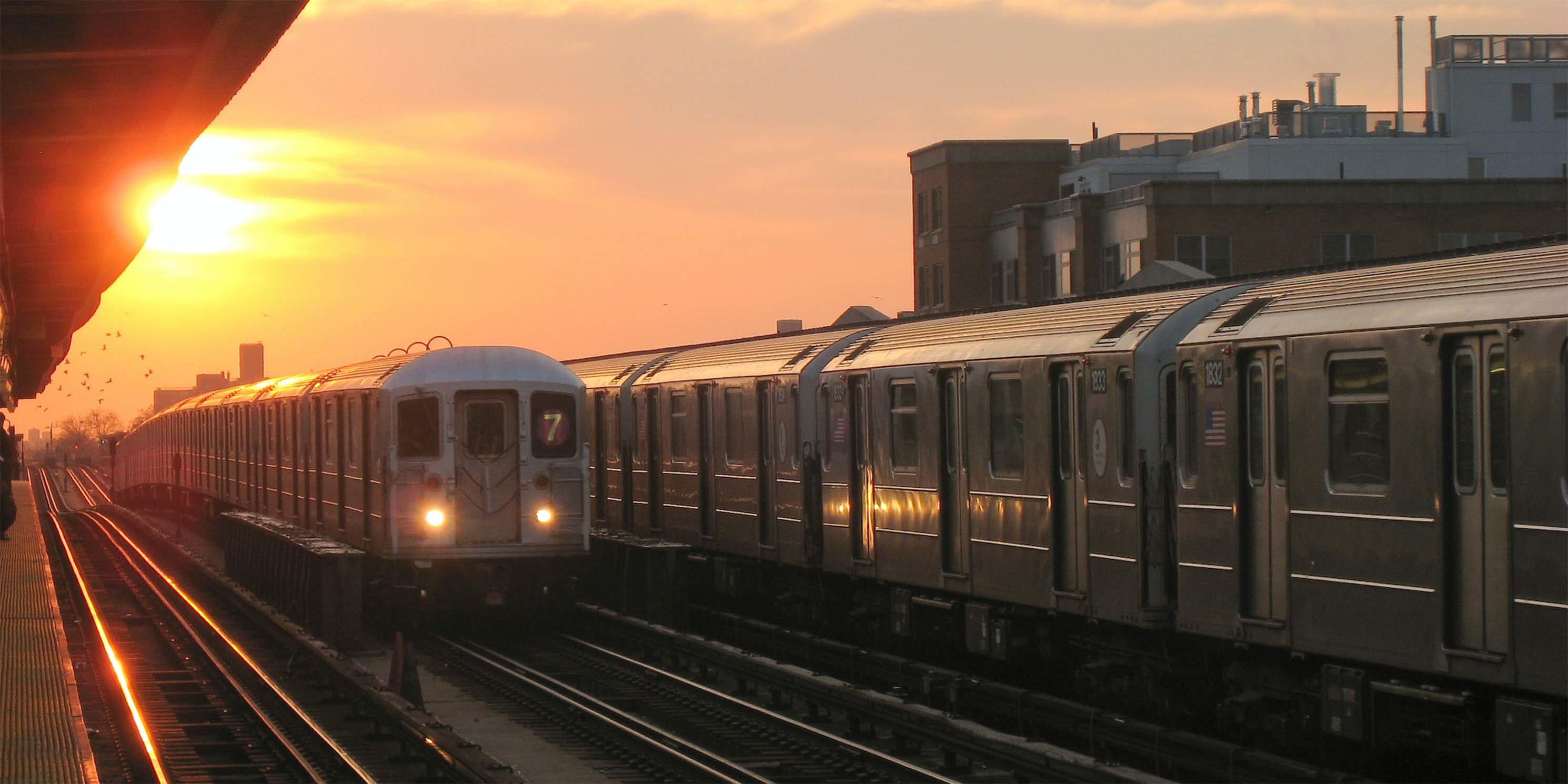
It makes me think even more about walking and biking. I confess that I used to love bike riding as a kid but have never gotten used to it on the street, in a non-recreational setting. But now, I am thinking it is time to get over that, woman-up, as it were! However, this not so easy to do. The City is expanding bike lanes, for sure, but not necessarily with the level of protection that the bike community has been looking for. And certainly, not enough to make me—a bike commuter novice—feel like I could tackle my ride to work. Maybe, I will stick to walking for a little while longer!
But these ruminations put the whole balance of street uses into a new context. How much of our streets should be dedicated to pedestrians and bikes, and how much to cars and trucks? Now, let me be clear, I am not naïve about the importance of vehicular transportation, both for mass transit and commerce. However, we are in the middle of an unhappy experiment and perhaps we should take advantage of some of its lessons.
Meli Harvey has taken the City’s database and created a new interactive map that discloses the width of the city’s sidewalks. Want to test whether your experience on your sidewalks holds up to the facts? I will give you a link for that but hang in with me, while I make a couple more comments about this.
Before coronavirus, any change to the status quo of the street as we knew it was considered drastic. Even on the side of change, battle lines would be drawn: do we expand bike lanes or widen sidewalks? With the stakeholders gathered along different sides of the table, fighting for their unique cause, compromise is hard to find. But I have to admit, looking out at all these suddenly empty streets, I feel like I’m catching a glimpse of what could be.
We need to think about walking and biking as transit and maybe that would shift the mind set to ensure that the City makes bolder moves about “micro-mobility,” as it is called amongst experts. The City government of Milan, Italy, is taking the bull by the horns and has committed to creating 22 new miles of cycling and walking space AND reducing speed limits all over the city this summer. In Brighton, England, they are converting Madeira Drive from 8 am to 8 pm for cyclists and walkers. And other cities are increasing the services along their bike lanes, providing repair shops and other necessities. We will see what comes of our Mayor and the City Council’s new goal of closing 100 miles of streets, forty in May alone. Perhaps, we could actually subsidize our shared bike system so that it was available in all neighborhoods, as well?
The Mayor’s earlier experiment in closing streets for social distancing lasted for eleven days. I totally get why. If you need to have a phalanx of police officers to staff the barracks that isn’t going to work for long. And this is really a failure of planning. If there had been an effort to engage community organizations and BIDs prior to this crisis, there would have been a system in place for closing streets periodically for all kinds of reasons, that wouldn’t require a massive police presence. I know that all our operational City agencies have their hands full and are doing everything they can at the moment to deal with the highest priorities. However, this is a clarion call that we need someone who thinks about this sort of thing every day of their working lives.
As you know, in our joint Fight for Light campaign with New Yorkers for Parks, MAS recommended that New York City appoint a Director of the Public Realm. And boy, do we need one! We need someone who is going to do the kind of organization within communities and amongst their fellow department heads that would allow the closing of streets for recreation (or social distancing for that matter) without creating a burden on those working on other emergency priorities.
We can learn things from this moment about the built environment. And while we are thinking about a reimagined street, perhaps we could do a little organization to make this a real option next time the city faces a crisis and not an opportunity for coulda, woulda, shoulda.
Harvey’s interactive map may be found here. Have fun exploring it.

Elizabeth Goldstein
President
The Municipal Art Society of New York
